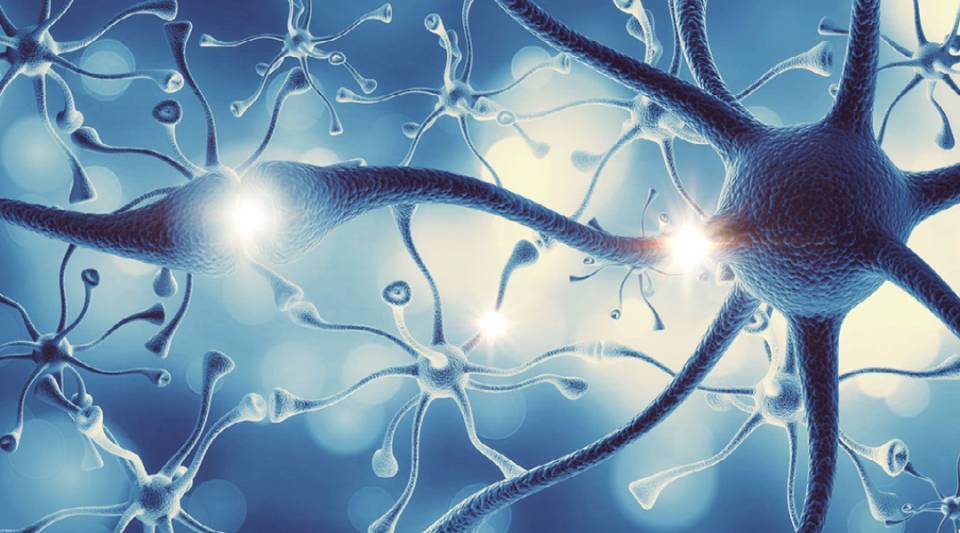A study conducted by the Jena University Hospital in Germany analysed the effect of atmospheric pressure, relative air humidity and ambient temperature on patients with epilepsy. They studied the appearance of epileptic seizures in a sample of 604 patients between 2003 and 2010. The study showed that low atmospheric pressure and high relative air humidity are associated with a higher risk of a fit, while high ambient temperatures seem to decrease it. However, they also state that other patient populations in parts of the world with different climates need to be studied before definitive conclusions can be drawn and treatment recommendations made.
The authors found that, as the atmospheric pressure lowered, the risk of seizure in the population increased by 14%. The risk grew 36% more in patients with less severe epilepsies treated only with an antiepileptic drug. Relative air humidity greater than 80% also increased seizure risk in the entire population (up to 48%), 3 days after exposure to this environmental change. However, temperatures above 20°C were associated with a decrease of almost 50% in seizures in the entire population and in the different subgroups, especially men.
Epilepsy is one of the most common nervous system diseases, affecting some 50 million people worldwide. In Spain, 15 out of every 1,000 people will have epilepsy at some point in their lives. It represents a group of diseases caused by changes in the brain's electrical activity that cause sudden symptoms, often with a loss of consciousness. Epileptic seizures occur when a group of neurons has a tendency to discharge excessively and with excessive synchrony. In other words, neurons discharge more and do so at the same time. When this happens, the symptoms of a fit appear, which are different depending on the brain area where these neurons producing the discharges are located.
It is a disease that can have different causes, such as a stroke, trauma, tumours, genetic alterations, infections such as cysticercosis (caused by the parasite Taenia solium), cerebral tuberculosis and metabolic, immune or unknown diseases. One of the most important tests performed for its diagnosis is electroencephalography. It is a neurophysiological test that detects and measures the function of neurons from an electrical point of view, using electrodes that are placed on the patient's scalp.
"Seizures are adequately controlled in almost 70% of patients after medical treatment," explains Dr Mar Carreño, neurologist and head of the Epilepsy Unit at the Hospital Clínic. However, there are factors that can precipitate fits, such as infections, fever, serious trauma with a loss of consciousness, alcohol and drug use, stress and irregular sleep patterns. Environmental changes too could also be a risk factor, according to the German study. Following the prescribed medication regimen and maintaining healthy habits, such as eating well and physical exercise, can considerably reduce episodes.






